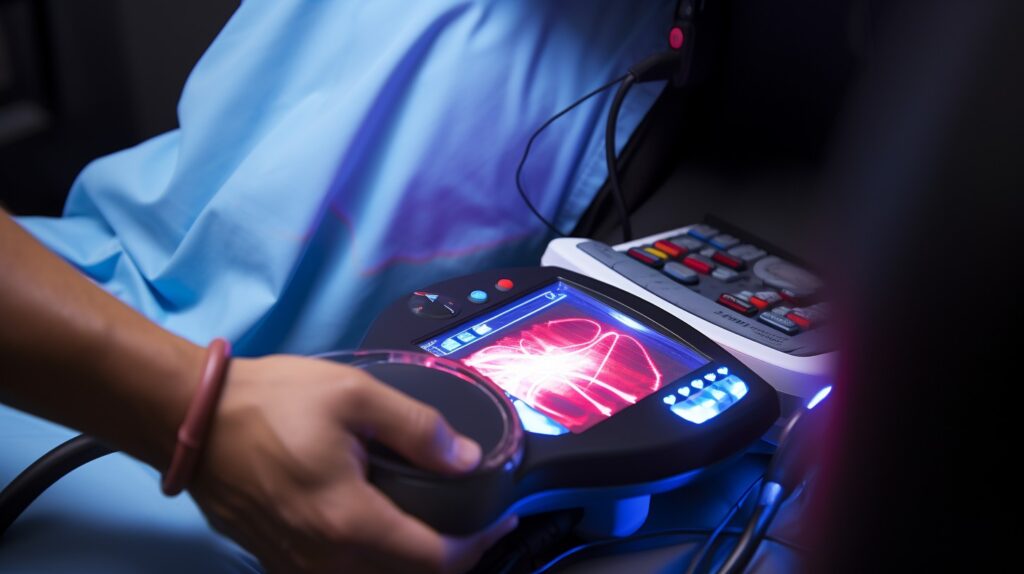
Ringworm: Understanding the Common Skin Infection
When you pay attention the word ringworm, what involves thoughts? Most people envision a slimy, wriggling computer virus making its way via the skin, causing havoc and pain. But in fact, ringworm isn’t because of a malicious program at all. In reality, it is a common skin infection as a result of a fungus that thrives at the lifeless tissues of the pores and skin, hair, and nails. Causes of Ringworm Contrary to popular belief, ringworm isn’t always extraordinary to children or pets. It can affect human beings of all ages and backgrounds, no matter their hygiene behavior. The fungus liable for ringworm is noticeably contagious and can be unfold thru direct touch with an infected individual or animal, as well as thru contaminated items and surfaces. Ringworm is exceedingly contagious and may be unfold via diverse way, such as: Direct touch with an inflamed character or animal Touching contaminated gadgets or surfaces Walking barefoot in areas in which the fungus is gift Sharing private objects, inclusive of towels, apparel, or combs The fungus thrives in heat, moist environments, making it more common in areas with high humidity and temperatures. Symptoms of Ringworm The signs of ringworm vary depending on the location of the contamination. Common signs and symptoms include: Itchy, scaly, or infected skin Ring-shaped patches or rashes at the pores and skin Hair loss or brittle hair Discoloration or thickening of the nails One of the most not unusual misconceptions about ringworm is that it best impacts the pores and skin. While it is genuine that ringworm by and large manifests as red, circular patches at the skin, it may additionally affect the scalp, nails, and other regions of the frame. In a few cases, ringworm can even lead to extra serious headaches if left untreated. Ringworm can arise on diverse elements of the frame, which include the: Scalp (tinea capitis) Feet (athlete’s foot or tinea pedis) Groin vicinity (jock itch or tinea cruris) Hands (tinea manuum) Beard location (tinea barbae) Nails (tinea unguium or onychomycosis) Treatment Options for Ringworm Mild instances of ringworm can be dealt with with over-the-counter (OTC) antifungal lotions, gels, or powders. These medicinal drugs consist of: Clotrimazole (Lotrimin or Mycelex) Miconazole (Desenex) Terbinafine (Lamisil AT) Tolnaftate (Tinactin) If the infection is extra intense or huge, prescription oral antifungal medications can be essential. These medications consist of: Fluconazole (Diflucan) Griseofulvin (Griasctin) Itraconazole (Sporanox) Terbinafine (Lamisil) In addition to medication, it’s miles crucial to practice suitable hygiene and take preventive measures to avoid spreading the contamination. So, how can you guard yourself and your family from this? The secret’s to exercise appropriate hygiene conduct, such as washing your palms frequently, fending off sharing non-public objects like towels and apparel, and keeping your dwelling areas easy and well-ventilated. If you think which you or someone can also have ringworm, it’s far essential to are seeking medical attention directly to save you the infection from spreading. These measures encompass: Keeping the affected vicinity easy and dry Avoiding sharing non-public objects Washing apparel and bedding in warm water Disinfecting surfaces and flooring Complications of Ringworm If left untreated, it can cause diverse complications, such as: Kerion: a severe infection of the scalp which could motive permanent hair loss and scarring Hyperpigmentation: dark marks on the pores and skin which can arise after the contamination has healed Nail deformities: thickening, discoloration, or breakage of the nails Infection: bacterial infections can arise if the skin is cracked or damaged Prevention of Ringworm To lessen the risk of getting it, it’s far important to: Keep the pores and skin easy and dry Wear flip-flops in locker rooms and public showers Avoid sharing personal objects Wash clothing and bedding in hot water Disinfect surfaces and floors Conclusion In conclusion, it can be a commonplace pores and skin infection, however it’s miles regularly misunderstood because of its deceptive name. By instructing your self and others approximately the actual nature of ringworm, you may assist prevent its unfold and make certain that you and your family stay healthy and ringworm-loose. Remember, in terms of ringworm, expertise is energy. Stay knowledgeable, stay vigilant, and stay fungus-unfastened. Do you know about “Dog Skin Diseases” as following. https://www.medicalbluff.com/dog-skin-diseases-a-comprehensive-guide-the-itchy-truth









